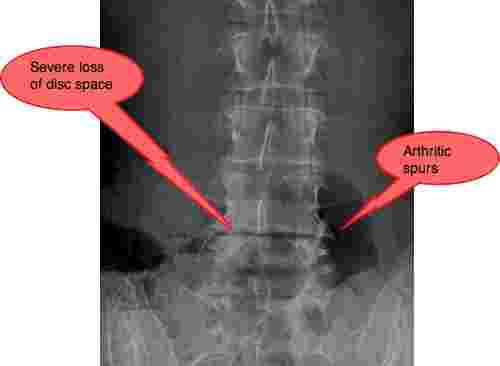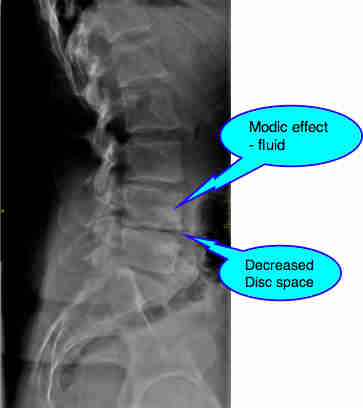

Genetics, smoking, and a number of occupational and recreational activities lead to early disc degeneration. The gel-like nucleus may bulge or rupture through a tear in the disc wall, causing pain when it touches a nerve. The tough fibrous outer wall of the disc may weaken. As you get older, your discs dry out and become harder. What are the causes?ĭiscs can bulge or herniate because of injury and improper lifting or can occur spontaneously. Some patients find relief by holding their arm in an elevated position behind their head because this position relieves pressure on the nerve. You may have first noticed pain when you woke up, without any traumatic event that might have caused injury. You may also have muscle weakness in your biceps, triceps, and handgrip. Sometimes the pain is accompanied by numbness and tingling in your arm. Sometimes you may have muscle spasms (meaning the muscles tighten uncontrollably). You may also feel pain on or near your shoulder blade, and neck pain when turning your head or bending your neck.

If you have a herniated cervical disc, you may feel pain that radiates down your arm and possibly into your hand. Symptoms of a herniated disc vary greatly depending on the location of the herniation and your own response to pain.
#Slip disk xray free
Sometimes the herniation is so severe that a free fragment occurs, meaning a piece has broken completely free from the disc and is in the spinal canal. A true herniated disc (also caimg-fluidd or slipped disc) occurs when the disc annulus cracks or ruptures, allowing the gel-filled center to squeeze out. A bulging disc (protrusion) occurs when the disc annulus remains intact, but forms an outpouching that can press against the nerves. The gel-filled nucleus material escapes through a tear in the disc annulus and compresses the spinal nerve.ĭifferent terms may be used to describe a herniated disc. In most cases, if neck and/or arm pain is going to resolve it will do so in about 6 weeks.įigure 1. Over time, the herniation tends to shrink and you may experience partial or complete pain relief. The pain is a result of spinal nerve inflammation and swelling caused by the pressure of the herniated disc. The gel material is irritating to your spinal nerves, causing something like a chemical irritation.

What is a herniated cervical disc?Ī herniated disc occurs when the gel-like center of your disc ruptures out through a tear in the tough disc wall (annulus) (Fig. Your spinal cord and the spinal nerves act as a "telephone," allowing messages, or impulses, to travel back and forth between your brain and body to relay sensation and control movement (see Anatomy of the Spine). At each disc level, a pair of spinal nerves exit from the spinal cord and branch out to your body. Each disc has a gel-filled center called the nucleus. It has fibrous bands that attach between the bodies of each vertebra. The outer ring of the disc is called the annulus. The vertebrae are separated by discs, which act as shock absorbers preventing the vertebrae from rubbing together. There are 7 cervical vertebrae numbered C1 to C7. The cervical (neck) section of the spine supports the weight of your head (approximately 10 pounds) and allows you to bend your head forward and backward, from side to side, and rotate 180 degrees. Your spine is made of 24 moveable bones called vertebrae. If symptoms continue, surgery may be recommended. Most people improve in 6 weeks and return to normal activity. Treatment with rest, pain medication, spinal injections, and physical therapy is the first step to recovery. Neck or arm pain, numbness or tingling may result when the disc material touches or compresses a spinal nerve. A herniated disc occurs when the gel-like center of a spinal disc ruptures through a weak area in the tough outer wall, similar to the filling being squeezed out of a jelly doughnut.


 0 kommentar(er)
0 kommentar(er)
